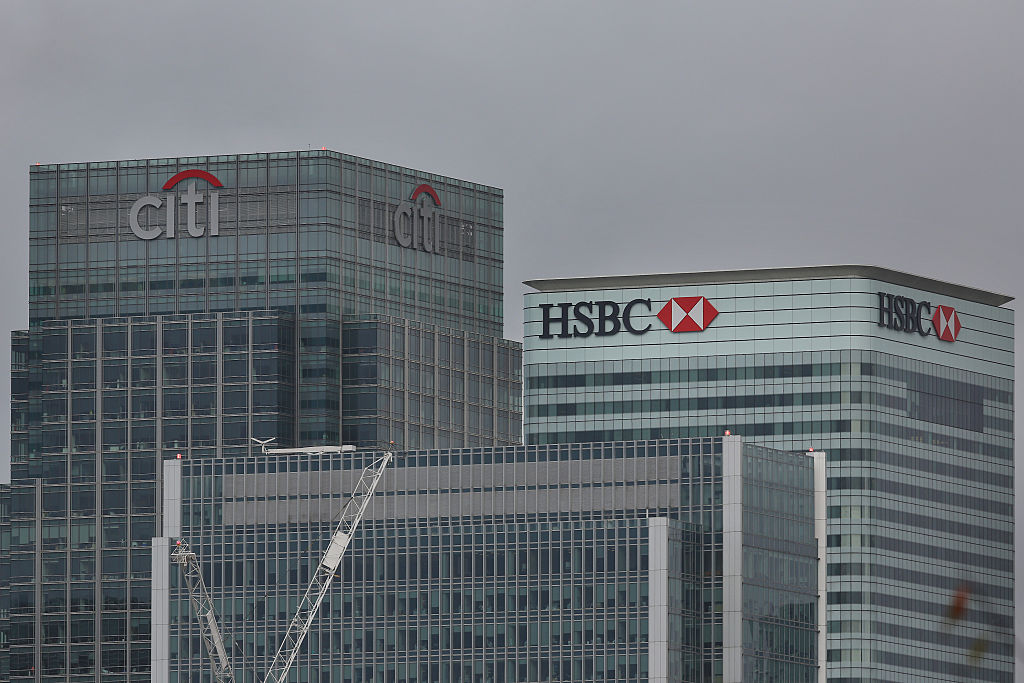UK banks’ costs in focus in 2024 as interest rates go from boon to burden
UK banks' cost control will be a key focus in 2024 as the tailwind from high interest rates gives way to mounting margin pressure, analysts have told City A.M.


UK banks’ cost control measures will be a key focus in 2024 as the tailwind from high interest rates gives way to mounting margin pressure, analysts have told City A.M.
The big players’ latest earnings suggested higher-for-longer rates have become a burden as fierce competition for deposits and mortgages dragged on net interest income – a key measure of profitability reflecting the difference between what banks pay out and receive in interest.
“The high interest rates ‘party’ seems to be over as deposits repricing catches up with loan repricing, a trend much slower in the rest of Europe,” said Tomasz Noetzel, a Bloomberg Intelligence analyst.
“Margins will most likely remain the key performance differentiator in 2024, with deposit management amid intense competition and structural hedge contribution a key focus.”
Structural hedging is a risk management tool where banks use some assets to build a fixed-income cash flow that protects overall earnings from interest rate volatility. Noetzel saw the technique being a “significant tailwind for 2024 and 2025”.
Markets have already priced in aggressive rate cuts from the Bank of England for the first half of 2024, which would boost banks’ volumes and revenues.
Noetzel added that UK lenders’ cost-cutting measures would be a key focus as “top-line momentum slows due to mounting margin pressure and an inflation-driven increase in staff and other expenses.”
In efforts to reduce costs, Barclays has put some 1,350 jobs on the chopping block this year, while Lloyds, Britain’s biggest high street lender, is reportedly considering a shake-up that could put more than 2,500 jobs at risk.
“Given very discounted valuations and attractive capital returns available from each of the banks, we believe the sector can perform better next year with some scope for recovery from the UK domestic names,” said Quilter Cheviot analyst Will Howlett.
He highlighted “a significant divergence in performance” between the UK’s biggest domestically-focused banks – Natwest, Lloyds and Barclays – and its Asia-focused lenders – HSBC and Standard Chartered – in 2023.
Domestically-focused banks have seen negative earnings revisions due to a mortgage slowdown, regulatory scrutiny and deposit shifting – where customers move excess funds out of current and instant access savings accounts to take advantage of higher interest rates.
Meanwhile, Asia-focused banks have seen more positive revisions and share performance due to better loan growth earlier in the year from the stronger underlying economic growth in their geographies.
Howlett also said structural hedge portfolios would be a key focus for the market in 2024.
“There should be a tailwind from maturing hedges rolling on to higher rates available now,” he explained.
“We would also look to whether deposit shifting is starting to stabilise, with some encouraging signs more recently. Asset quality has held up for now, and the market is more confident on a soft landing, but this will continue to be a source of debate through the year.”
“We have probably reached peak profitability for most UK banks in H1 2023, but results will remain strong given our current expectation of higher rates for longer and better than pre-2023,” said Laurie Mayers, an associate managing director at Moody’s Investors Service.
She added that in 2024 Moody’s would focus on deposit margin pressure, overall demand for credit and the level of unemployment – which is the firm’s leading indicator for asset risk.
In early 2024, banks will also have to start repaying emergency loans given to them by the Bank of England at the start of the Covid-19 pandemic through the £193bn Term Funding Scheme with additional incentives for SMEs (TFSME).
Mayers highlighted possible “competition for deposits to fund repayment of borrowings from the central bank in the form of TFSME”.
Banks have already started hiking deposit rates to attract savers and replace the central bank’s funding.



